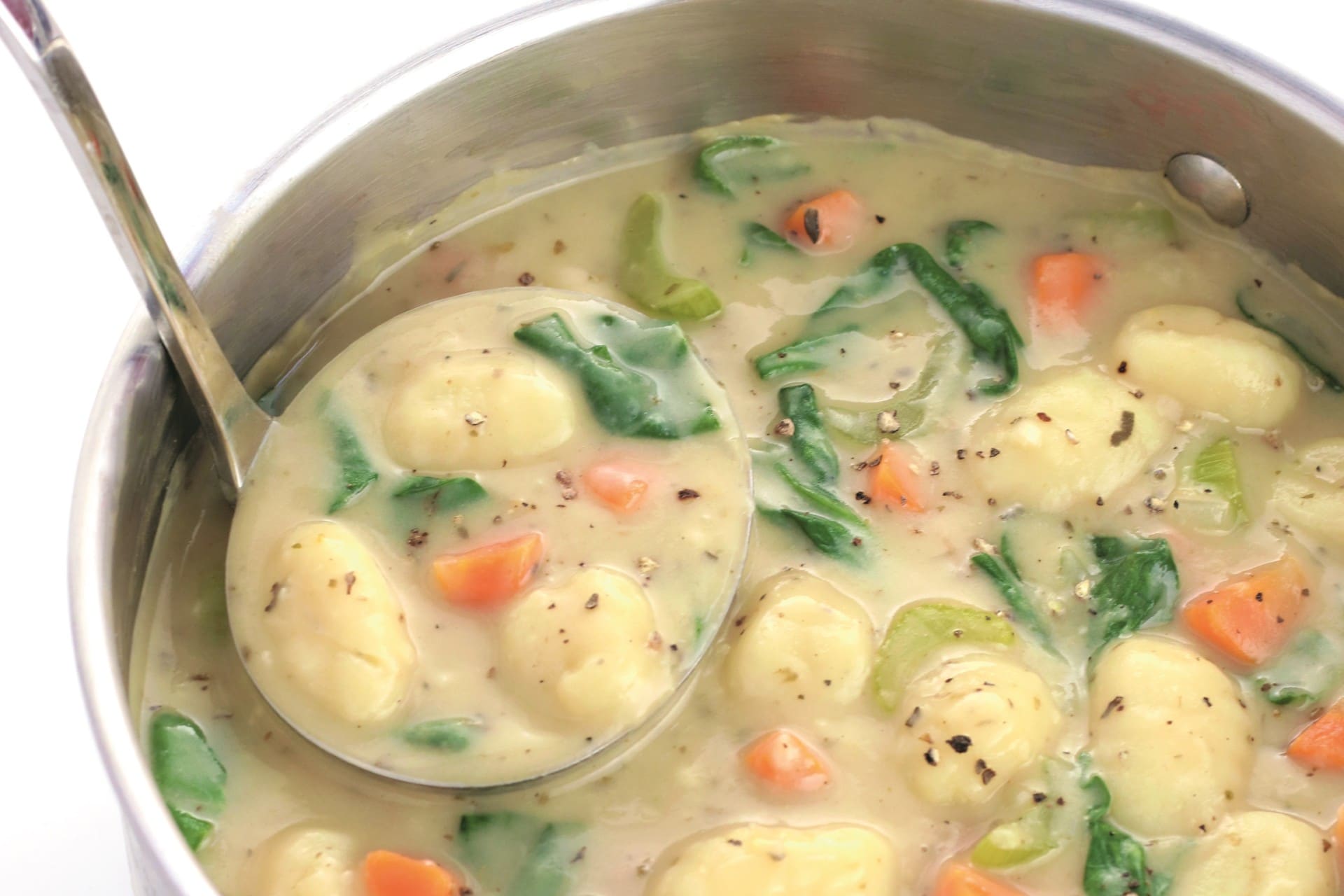Food
4 min Read
Surprising Food Sources of Vitamin D + Recipes

January 24, 2023
Food
4 min Read

January 24, 2023

At our neighbourhood school bus stop, all we talk about lately is vitamin D—a nutrient our bodies can manufacture through exposure to sunlight. This vitamin helps us maintain strong bones and teeth, but that’s not what a group of winter-weary parents are talking about. We just want to feel less blah, and we know vitamin D may play a role in managing depression and other mental health issues:
“I can never remember the drops.”
“Me neither.”
“I think there’s vitamin D in my kids’ gummies—?”
“What brand?”
“I forget.”
“When’s the sun coming back?”
Collective tired parent sigh.
Health experts agree that during Canadian autumn, winter and spring, most adults aren’t getting enough vitamin D through sunlight alone. Infants, children, and older adults are also especially prone to a vitamin D deficiency. What’s an exhausted parent to do?
Plenty of food sources of vitamin D can help boost your family’s levels. While experts say vitamin supplements are still the most reliable way to avoid a deficiency, it doesn’t hurt to add food sources into your family’s meal rotation. Besides, if you’re anything like the parents in my neighbourhood, you can use all the nutrient help you can get.
According to Health Canada, cow’s milk must be fortified with vitamin D (who knew?). One fluid cup of milk has 105 International Units (IU) of D (see the chart at the bottom of this article for recommended daily intake). Some goat’s milk and fortified plant-based beverages are also allowed to have added vitamin D—check the label to be sure. If chugging a glass of milk isn’t your family’s thing, soup is another super (!) way to get more milk into your day. Try this cozy Creamy Gnocchi Soup using either cow, goat, or plant-based milk. And for dessert, this Chocolate Pudding is made with two cups of milk.
Nutrition experts agree that eggs are an eggs-squisite (sorry) choice for kids and grownups alike. Economical, convenient, and super-packed with nutrients, including vitamin D in the yolk, a regular serving of eggs is an easy way to serve up the sunshine vitamin—two cooked egg yolks contain 65 IU. Kids love the interactive meal of Soft Boiled Eggs with Toast Soldiers. Or, eggs-plore (again, sorry), our primer on how to cook any style of egg: fried, over-easy, poached, scrambled, etc.
Your kids may or may not like fish, and that’s okay. But if they do, you’ve hit the jackpot: fatty fish is the only food that is relatively high in vitamin D. Canned sockeye salmon has a whopping 630 IU per serving! Baked rainbow trout is a close second (570 IU), followed by canned pink salmon (435 IU) and baked salmon (395 IU). Try our Crispy Salmon Sweet Potato Cakes made with canned salmon.
Another polarizing food for kids, mushrooms may or may not make it onto your family’s menu. That’s totally okay—fungi have just a tiny amount of vitamin D per serving. But it’s worth noting that shiitake mushrooms, in particular, have 26 IU per 100 g serving. Not bad! White button mushrooms come in at just 7 IU. It all counts. Try this Mustardy Mushroom and Kale Stroganoff, or this easy-cheesy Ham, Mushrooms and Peas Penne.
If you’re keen to know how much vitamin D per day each of your family members need, below are the most recent recommended numbers provided by Health Canada:
Age group | Recommended Dietary Allowance (RDA) per day | Tolerable Upper Intake Level (UL) per day |
Infants 0-6 months | 400 IU (10 mcg) | 1000 IU (25 mcg) |
Infants 7-12 months | 400 IU (10 mcg) | 1500 IU (38 mcg) |
Children 1-3 years | 600 IU (15 mcg) | 2500 IU (63 mcg) |
Children 4-8 years | 600 IU (15 mcg) | 3000 IU (75 mcg) |
Children and Adults 9-70 years | 600 IU (15 mcg) | 4000 IU (100 mcg) |
Adults > 70 years | 800 IU (20 mcg) | 4000 IU (100 mcg) |
Pregnancy & Lactation | 600 IU (15 mcg) | 4000 IU (100 mcg) |